
OR
Developing Lumbini
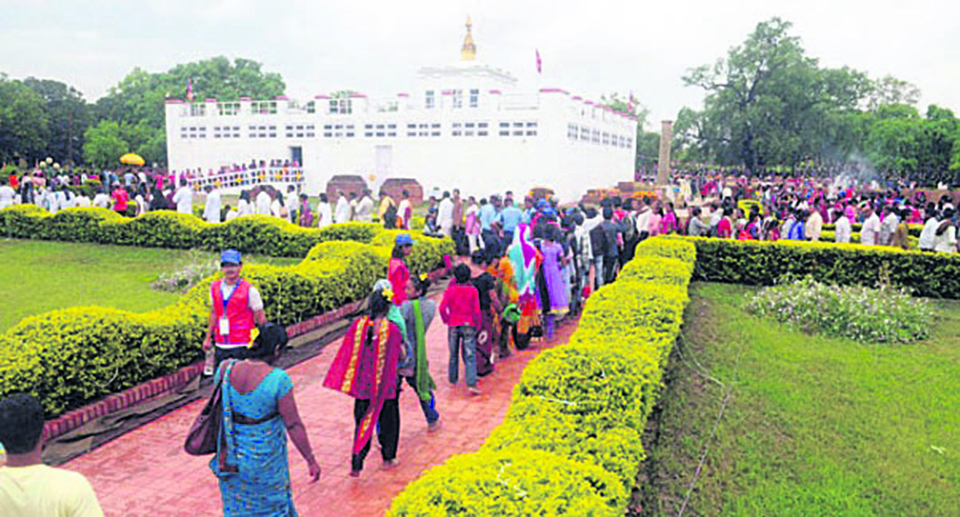
More from Author
We need to develop Buddha’s birthplace in such a way that visitors can be engaged intellectually and emotionally.
Gautam Buddha was born on Baisakh Poornima, full moon day of the first month as per Nepali calendar, in 623 BCE in Lumbini of Nepal. At the age of 29 he left the royal palace and practiced meditation for six years until he attained the enlightenment. Buddha, with his philosophy and teachings, has become one of the most influential personalities in the world and his philosophy has become popular as Buddhism, also world’s one of the influencing religions.
As Buddha’s birthplace, Lumbini thus has a great historical, cultural and religious significance. The discovery of Asoka Pillar in Lumbini in 1896 added value. The visit of the then UN Secretary-General U Thant on April 13, 1967 further reinforced the importance of Lumbini and raised the need for its speedy development. Lumbini Development Master Plan (LDMP), now known as “Kenzo Tange Master Plan,” was prepared during 1972-78 by Prof Kenzo Tange, a Japanese architect, which was endorsed by the United Nations and the government of Nepal.
International solidarity
In 1970 in New York, 13 countries—Afghanistan, Cambodia, India, Indonesia, Japan, Laos, Malaysia, Myanmar, Nepal, Pakistan, Singapore, Sri Lanka and Thailand—had formed an international committee for development of Lumbini under the chair of the permanent representative of Nepal to the United Nations. Bangladesh, Bhutan and Republic of Korea joined the initiative soon. These activities pressured the government of Nepal to express its commitment to conservation and development of Lumbini area before the world community. As a consequence, in 1975 Lumbini Development Committee (LDC) was formed and in 1985 Lumbini Development Trust (LDT) was established under Lumbini Development Trust Act (2042). Lumbini Development Trust is an autonomous and non-profit-making institution created for overall development of Lumbini.
In 1997, Lumbini was listed as World Heritage Site (WHS) by the UNESCO, giving it formal recognition as birthplace of Buddha. In the continuum of gaining global attraction, in 1998, the first World Buddhist Summit was convened in Lumbini, the second in 2004. The first summit declared Lumbini as ‘Fountain of World Peace and the Holiest Pilgrimage Shrine for all the Buddhists and Peace Loving People of the World.’ The second one declared the sacred garden of Lumbini as ‘Five Precept Zone.’
After enactment of Lumbini Development Trust Act in 1985, Lumbini Development Trust was established for effective and better coordination of the Lumbini area development activities. The Act also defined the Lumbini Development Area as Lumbini, the birthplace of Lord Buddha and the areas directly and indirectly related to the life of Buddha such as Tilaurakot (ancient Kapilvastu), Gotihawa, Niglihawa, Sagarhawa, Sisniakot, Araurakot, Kudan (Kapilvastu), Devdaha (Rupandehi) and Ramgram (Nawalparasi). Lumbini Development Trust (LDT) has scope and opportunity to work for (i) conservation of Lumbini, (ii) socio-economic development of the vicinity, and (iii) tourism development of the country as a whole. Effective and systematic functioning of LDT is essential for this.
Way forward
Honoring Kenzo Tange’s Master Plan, LDT needs to develop a comprehensive Lumbini area development and management plan with visible and measurable milestone targets. The area should be full of modern amenities and entertainment so that the visitors can stay for few more days. Special focus should be given to domestic family visitors with children and school/college students because the data shows that more than one million Nepalis visited Lumbini in 2016 as compared to 134,269 Indian and 136,253 other nationals. We should not ignore domestic visitors.
To attract visitors, increase their stay in Lumbini area and to raise more revenue, satellite tourist spots backed up by various attractive, informative and entertaining activities can be developed in places where Lord Buddha was born (Lumbini), Tilaurakot (where Buddha had spent his 29 years) and Sagarhawa (where thousands of Shakyas were killed). Prices of use of services and facilities in Lumbini area also need to be more competitive. Staying in Lumbini area should not be costlier than staying elsewhere in the vicinity.
Similarly, the sites like monkey tree of Khudabagar, Chaipurwa and Sagarhawa Tal area can be developed as amusement and recreation spots. Furthermore, the LDT and Lumbini Boudha University (LBU) can also work collaboratively for the benefit of the both. The heritage sites can be managed and operated by LBU which will add value to the courses offered by LBU and can attract international students for relevant study and research. The university will have opportunity of offering various courses exploiting unique features of Lumbini as the world heritage site and Buddha’s birthplace.
The LBU will have opportunity of collaborating with leading universities of the world. Such collaboration will help LDT for international promotion and development of Lumbini. For rapid development of Lumbini area, the government should frame a policy with long-term vision.
Negative impacts of tourism in socio-cultural and physical environment should also be constantly monitored and controlled. A separate building by-laws for Lumbini area should be drafted and implemented effectively. Funds should and will not be a problem for Lumbini’s development. For fund mobilization, LDT can collaborate with private parties under public-private partnership (PPP) modality. Local financial institutions including cooperatives and micro-credits can be mobilized.
We need to develop Buddha’s birthplace in such a way that visitors can be engaged intellectually and emotionally. The visitors should feel that they are staying in the ancient Shakya Kingdom. When they return they should feel distinct and great experience of being there.
The author works as institutional development, public procurement, contract management and dispute resolution specialist
adhikari_rajendra@outlook.com
You May Like This

Making it the Middle Eastern way
You may be using familiar meats, vegetables, and starches but the taste of your kitchen has the potential of being... Read More...

Drawing it as it is
I came up with the name Miss Moti because a friend used to call me Moti. I wanted to change... Read More...

Facebook is changing the way it ranks videos on News Feed
Facebook is changing the way it ranks videos that appear on the News Feed so that the videos which are more... Read More...

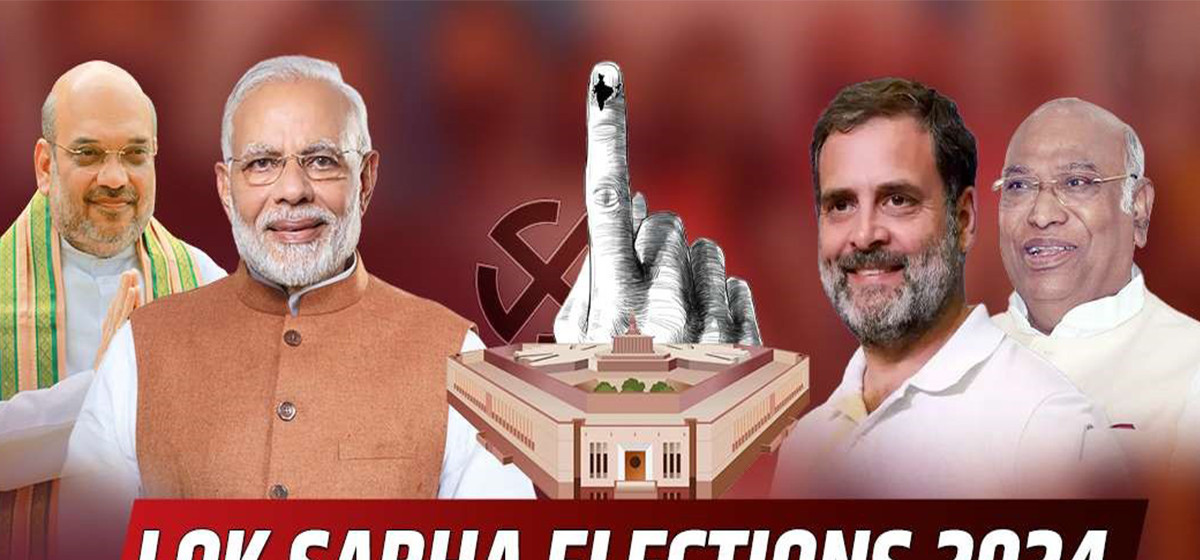


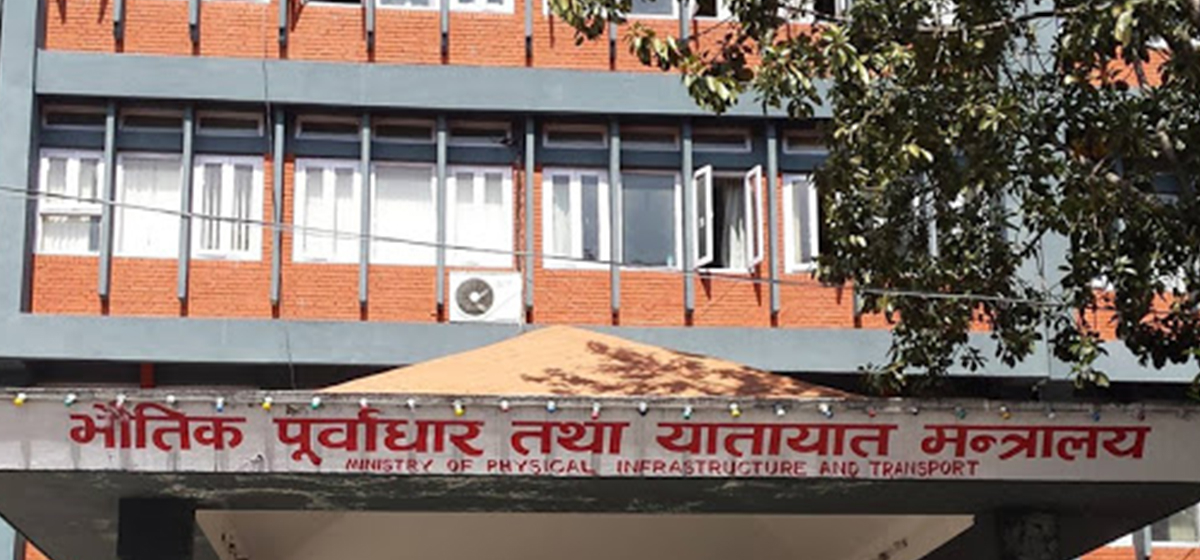
Just In
- Taylor Swift releases ‘The Tortured Poets Department’
- India starts voting in the world’s largest election as Modi seeks a third term as prime minister
- EC seeks cooperation for free and fair by-election
- Bus carrying wedding procession attendees meets with accident in Sindhupalchowk claiming three live
- CPN (Unified Socialist) to hold its Central Committee meeting on May 10-11
- Over 16,000 paragliding flights conducted in one year in Pokhara
- MoPIT prepares draft of National Road Safety Act, proposes rescue within an hour of an accident
- Light rainfall likely in hilly areas of Koshi, Bagmati, Gandaki and Karnali provinces



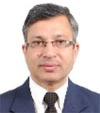








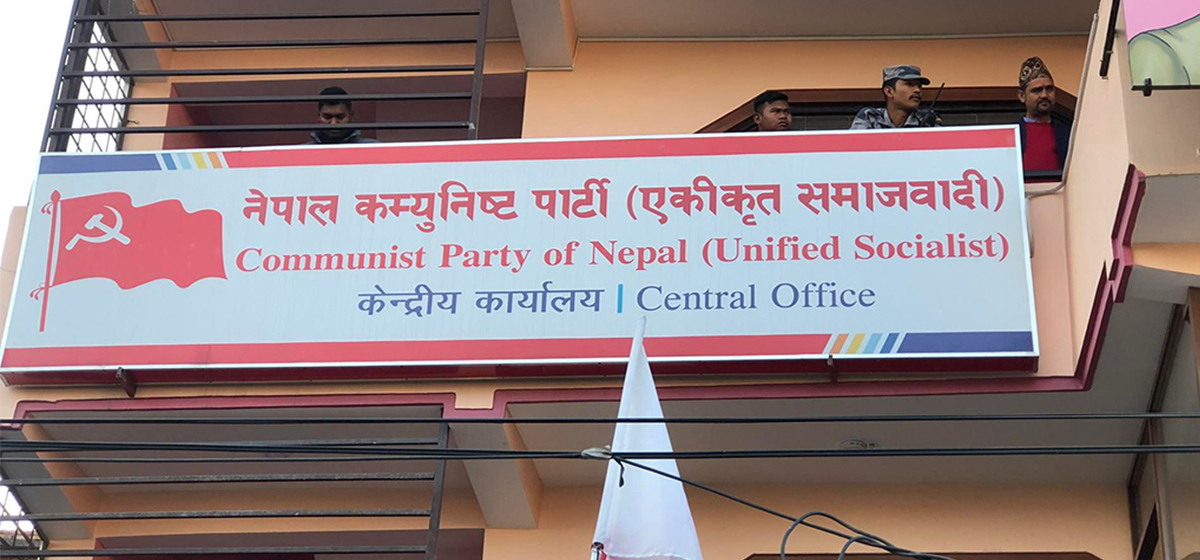
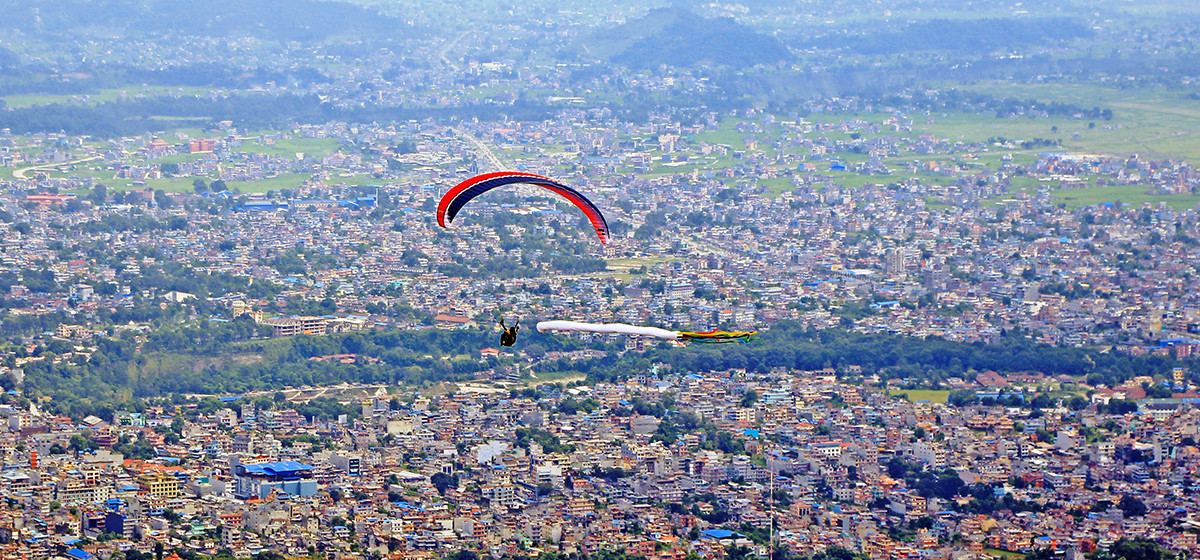

Leave A Comment